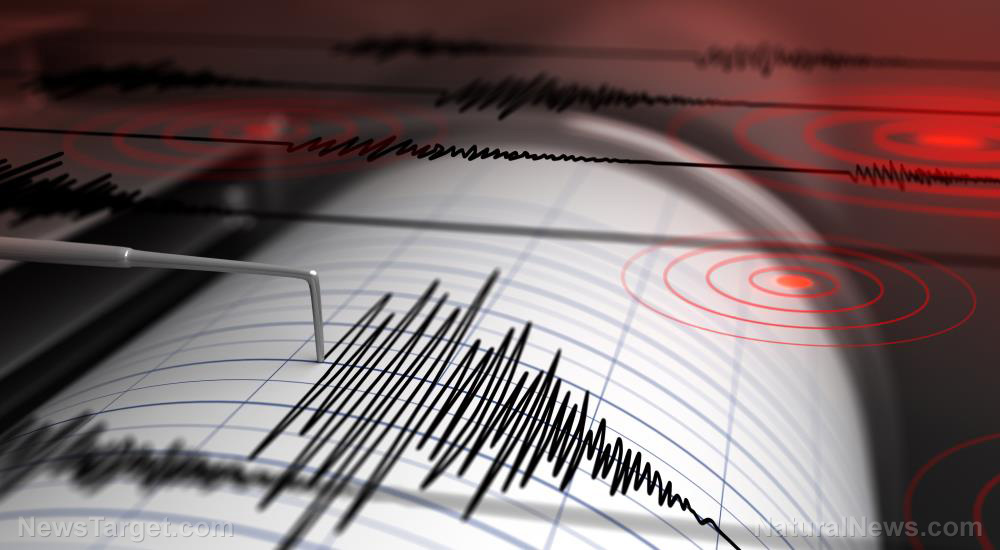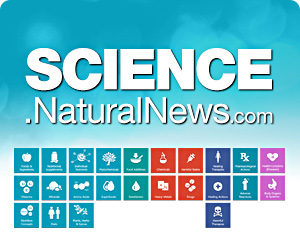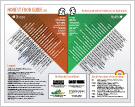
(Natural News) Sixty years after it left a trail of death and destruction, a powerful earthquake is still making its presence felt, according to a new study.
In a study published in the journal Geophysical Research Letters, researchers from the University of Utah determined that the small earthquakes that rocked Maple Creek, just outside of Yellowstone volcano caldera, were not triggered by the normal flow of magma in the region. The tremors, according to the researchers, were in fact, aftershocks from the deadly Hebgen Lake earthquake that hit the area back in 1959.
The 1959 quake, according to records, took place on August 17 at 11:37 p.m. at Yellowstone National Park, and registered as magnitude 7.2 on the Richter scale.
According to official records, the quake, which lasted for approximately 30 seconds and killed 28 people, was so strong that it caused the ground to drop a full 20 feet in some places, and was even powerful enough to affect groundwater levels in a place as far as Hawaii.
In their study, the researchers said that while bursts of earthquakes known as “swarms” were common in the Yellowstone volcanic region, the tremors detected from 2017 to 2018 were different.
This one was a little bit longer and had more events than normal,” researcher Keith Koper, a geoscientist from the University of Utah, said. (Related: Hidden volcano beneath Yellowstone could wipe out human life across North America.)
Guanning Pang, Koper’s fellow geoscientist from the same university, added that it’s not unheard of for aftershocks of a large earthquake to continue decades after the initial event, noting that he has studied aftershocks as recent as 2017 from the 1983 Borah Peak earthquake in central Idaho.
Get CLEAN FOOD and help support our mission to keep you informed: The Health Ranger Store lab verifies everything we sell with accredited testing for heavy metals, microbiology and food safety. Certified organic facility, ISO-accredited on-site laboratory, no GMOs or synthetic ingredients. The world's #1 source of lab-verified clean foods and superfoods for nutritional healing. 600+ products available. Explore now.
According to Koper, there are formulas to predict the number of aftershocks one can expect to see after a quake. “For Hebgen Lake, there looked like a deficit in the number of aftershocks. Now that we’ve had these, it has evened things out back up to the original expectations,” Koper said.
The two researchers said that they determined the accurate location of the Maple Creek swarm by measuring the ratio and speed and found the source region was where the 1959 quake took place.
The two researchers said they counted 3,345 tremors, which they divided into two clusters.
The northern cluster consisted solely of Hebgen Lake aftershocks; the tremors in this group all fell along the same fault line and were oriented in the same manner as the Hebgen Lake earthquake.
The second cluster had a different origin; its lineup was rotated about 30 degrees and that the quakes were about 0.6 miles shallower than the northern cluster.
According to the researchers, the southern cluster came about as a result of the northern cluster’s tremors coming together with the subsurface movement of magma.
“Because they were so close, there was some feedback and influence between the two sections,” Koper said.
According to Koper, the results of their study highlight one major difference between earthquakes and other natural disasters: they don’t happen as a single discrete event in time.
“Natural hazards like floods, hurricanes or wildfires are ‘over when they’re over’,” Koper said. Earthquakes, unfortunately, don’t follow this rule. Just take a look at the case of Maple Creek and Hebgen Lake.
Sources include:
















